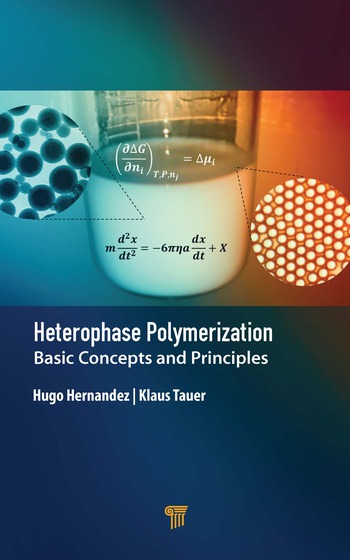Ask Dr. Dave
Do you have an adhesives-related question? Send it to Dr. David Dunn, a technical consultant. His broad knowledge of the industry has helped hundreds of people. He may just have the answer you're looking for to help your business.
Question:
We are using a hot melt adhesive for gluing white cartons in an automatic line. However, after heating in the pot for several hours, the adhesive sometimes forms a skin, gets thicker and eventually turns brown. If we forget to turn off the heaters when we go home, we wind up with a black charred mess. My question: will the adhesive still perform well when it is brown and thicker, and how can I stop this from happening?Answer:
First you have to remember that hot melts used in an automatic line like yours are in a dynamic system. As you use the adhesive you are constantly adding fresh adhesive to the pot, thus the adhesive is never exposed to high temperatures for a long time. If your line is shut down for a period of time, the adhesive will slowly degrade from the effects of heat and atmospheric oxygen, turn yellow, brown and eventually form a thick black mass. The main effects on your bonding operation of a thick discolored adhesive will be to affect the flow rate of the adhesive and its penetration into the paperboard. I am sure the cosmetics of a brown adhesive are probably not acceptable to you either. The solution to this problem is first to ensure that you have the appropriate over-temperature controls on your machine plus a timer that lowers the temperature during line stoppages. Secondly, some suppliers of hot melts have much more stable adhesives than others; you should ask your supplier to show you samples of the adhesive after heat aging and to provide viscosity data. Finally, a new generation of hot melt adhesives has appeared in the last few years that are applied at much lower temperatures. This minimizes the affects of heat on the adhesive and would certainly be something that you should try.Question:
I am switching my metal painting line from liquid to powder coating. We have traditionally used body fillers or epoxies to fill in dents and imperfections prior to coating. However, during heating in the powder coating oven, we seem to get shrinkage and gas bubbles in the repaired sections.Answer:
This seems to be a fairly common problem when high temperature coating ovens are used. Low temperature curing can be carried out successfully using body fillers or epoxies, but at higher temperatures (350 degrees F or above) there is often outgassing from residual monomers or curing agents. Recently, metal-filled solvent-based repair compounds have shown resistance to these problems as long as they are allowed to dry thoroughly before heating to high temperatures.Question:
We manufacture guitars and would like to improve our quality and productivity. The two main types of glues we use are 1.) A well known brand of latex glue for bonding the wood pieces, and 2.) A solvent cement for the plastic inlays. The latex glue works well but drying time is slow, while the solvent cement has a very low solids content with a lot of shrinkage on drying; also, it attacks the plastics somewhat. We can’t use products like Super Glues because we have a controlled humidity environment and can’t vent a lot of vapors.Answer:
From my knowledge of your brand of latex glue, it is less than 50 percent solids, i.e., contains more than 50 percent water, which must evaporate or be absorbed into the wood. One way to improve your productivity without changing your assembly process would be to use a latex with much higher solids content. Talk to your adhesives supplier or a latex producer about some of the modern latices that have over 70 percent solids. With regard to bonding the plastic inlays, you probably should try a reactive hot melt adhesive. This type of adhesive is 100 percent solids and will give you instant fixturing and rapid strength build up, followed by slow crosslinking by reaction with atmospheric moisture to give a permanent bond.Looking for a reprint of this article?
From high-res PDFs to custom plaques, order your copy today!






